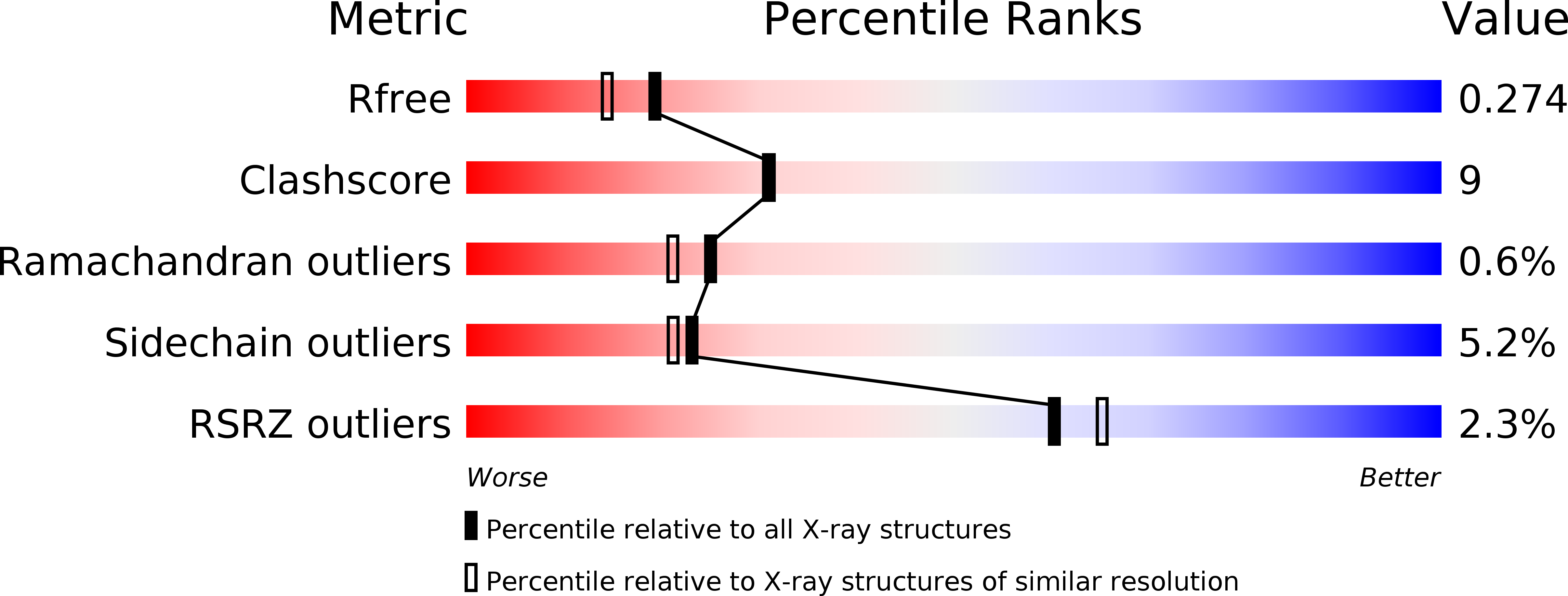
Deposition Date
2015-06-20
Release Date
2016-06-22
Last Version Date
2023-11-08
Method Details:
Experimental Method:
Resolution:
2.10 Å
R-Value Free:
0.27
R-Value Work:
0.22
R-Value Observed:
0.22
Space Group:
P 1 21 1


